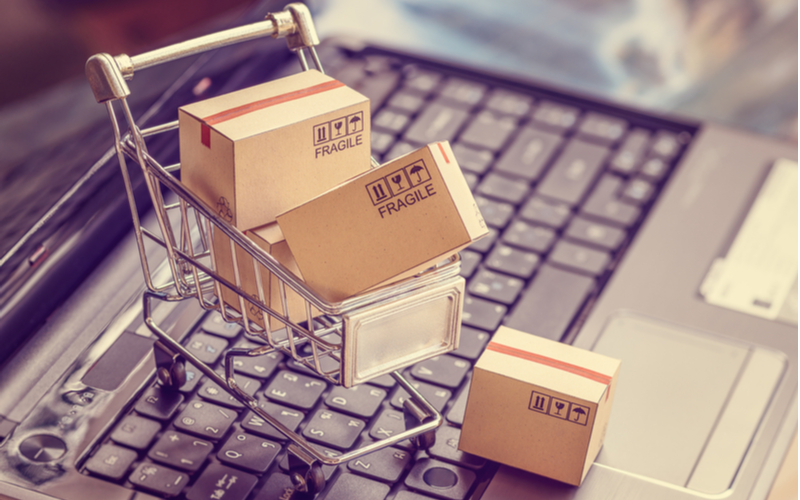As COVID-19 continues to spread worldwide, many countries are taking drastic action. Bans on public gatherings are now commonplace, with shopping malls closing down and strict quarantines enforced. Even in countries whose governments are thus far taking a more relaxed approach, people are widely adopting the practice of social distancing.
While certain products are enjoying an upsurge in sales due to the outbreak, the retail economy is taking a big hit. Supply chains are being disrupted, and people are reluctant to go out and buy non-essential goods.
The full economic impact of the virus remains to be seen, but the situation does present significant opportunities in the realm of e-commerce.
Accelerating an ongoing trend
E-commerce saw massive growth in 2019, with estimated sales worth a whopping $3.5 trillion. While traditional brick and mortar stores are still responsible for the majority of goods sold, the current market balance is set to change as the years go by: e-commerce growth is outpacing retail growth by an order of magnitude.
Online shopping has many benefits. Consumers can browse products from the comfort and convenience of their own homes, avoiding crowds and lines while enjoying a wider selection of products than can be found on physical shelves.
Many traditional retailers were already looking to beef up their online presence, and the current pandemic is highlighting the necessity of this move.
Improving the online shopping experience
To compete in today’s market, retailers of all types will have to find original ways to stand out.
A recent study from PwC suggests that 86% of online shoppers are willing to spend more money for a better customer experience. Moreover, consumers generally go through several different touchpoints before purchasing a product. To win over potential buyers, vendors should ensure a consistent product experience across these various touchpoints – from marketing all the way to sales.
An excellent way to woo customers in the digital realm is through personalisation. By harnessing the power of AI technology, marketers can micro-target audience members with highly relevant and engaging content. Moreover, many social media platforms allow companies to directly interact with followers through customised messages and ads. In the digital marketplace, a more personalised touch often translates to increased sales.
Online retail enabled by digital supply chains
As discussed in our previous article, the COVID-19 pandemic has underscored the importance of adopting a digital supply chain to more effectively weather market disruptions.
The ongoing shift from traditional retail to e-commerce will also accelerate this trend. A 2016 McKinsey report predicts a near future where autonomous vehicles perform 80% of parcel deliveries. While such a transition may have seemed farfetched a short time ago, it is worth noting that e-commerce juggernaut Amazon already uses an estimated 100,000 robots in its facilities worldwide.
Recruiting to meet digital needs
If retailers want to take full advantage of the possibilities of e-commerce, they will need to recruit the right talent.
As long as the current COVID-19 situation persists, a significant part of these recruitment efforts will need to be performed online. Recruiters and candidates alike will have to be patient; technical difficulties and processing delays are bound to occur, as many companies scramble to adjust to a new and unforeseen reality.
Yet the digital age provides businesses and consumers with remarkable tools to meet the challenges of the current moment. The threat of COVID-19 is daunting indeed – but once humanity overcomes the worst of it, a more robust e-commerce ecosystem enabled by a stable digital supply chain may very well emerge.
Companies will need to quickly find the right digital talents to stay afloat during the crisis, and thrive after it passes. Recruiting for the digital age can be challenging in the best of times, let alone in the midst of a global pandemic. However, help is available. Connexus Global can provide recruitment solutions to help retailers move to where most of today’s consumers already are: online.










